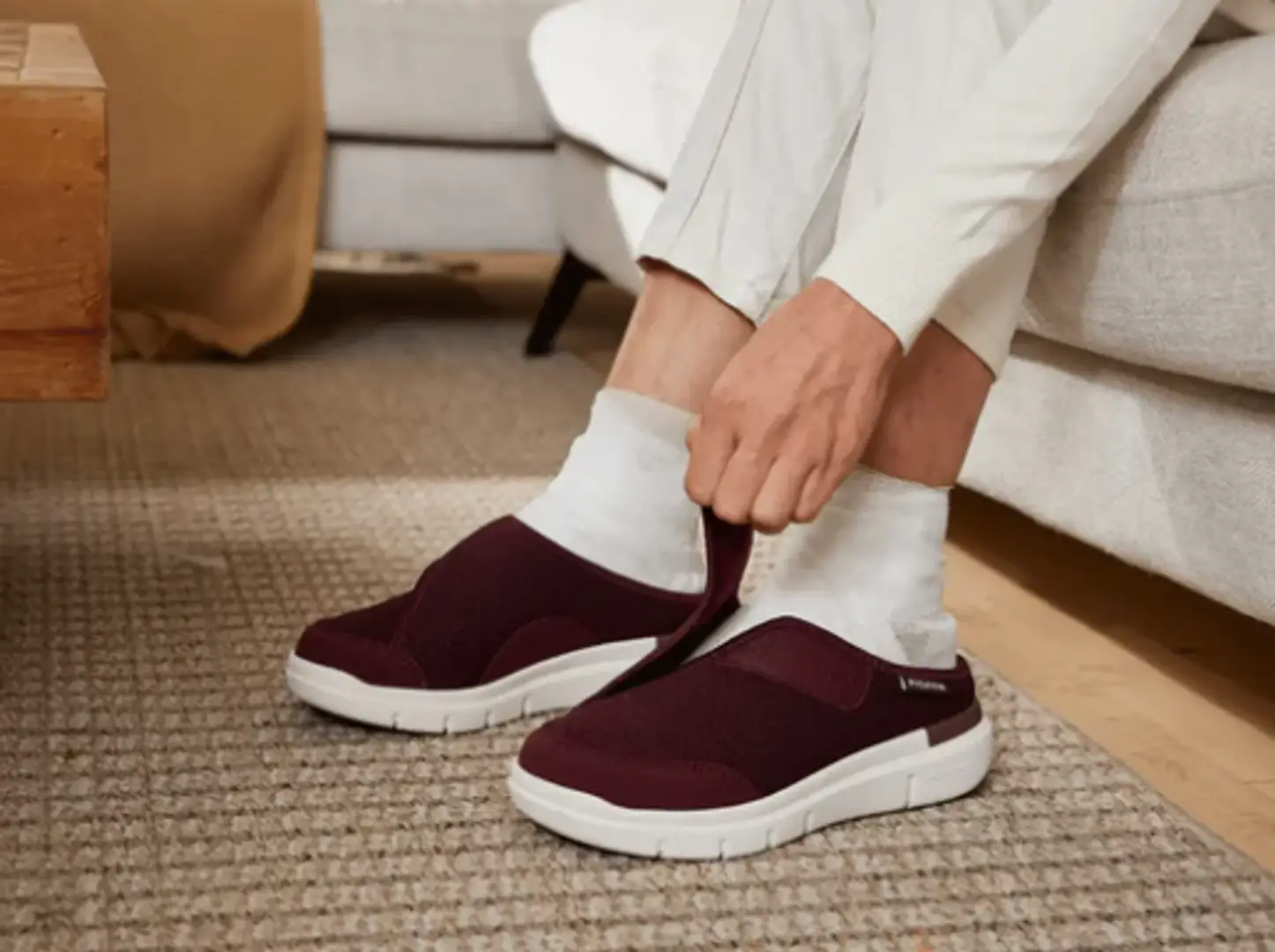

The Importance of Wide Diabetic Shoes: Comfort, Protection, and Health in Every Step
Living with diabetes means paying attention to more than just blood sugar levels—foot care becomes a vital part of daily health. One of the most critical pieces of the puzzle? The right footwear. For people with diabetes, wide diabetic shoes can offer the protection and comfort needed to prevent serious foot complications.
In this post, we’ll explore why wide shoes are essential for people with diabetes, what to look for when buying a pair, and our top tips for maintaining foot health.
Why Footwear Matters for People with Diabetes
Diabetes can cause neuropathy (nerve damage) and poor circulation, especially in the feet. This makes people more vulnerable to blisters, sores, infections, and even ulcers that can go unnoticed until they become serious. Proper footwear acts as the first line of defense—reducing friction, distributing pressure evenly, and preventing injuries.
But for many diabetics, foot swelling and deformities such as bunions, hammertoes, or Charcot foot make standard-width shoes too tight—resulting in painful pressure points or restricted blood flow.
The Benefits of Wide Diabetic Shoes
- Roomy Toe Box
- Wide diabetic shoes offer a spacious toe box, reducing pressure on the toes and forefoot. This extra room helps prevent friction-related issues like corns and blisters and accommodates deformities or bandages if needed.
- Extra Depth
- Many wide diabetic shoes come with added depth to accommodate custom orthotics or swollen feet. This ensures a more secure and comfortable fit without compressing the foot.
- Seam-Free Interiors
- Soft, seamless linings reduce the risk of rubbing or irritation, especially for those with sensitive skin or reduced sensation. Look for shoes labeled “diabetic-friendly” with minimal internal stitching.
- Enhanced Arch and Heel Support
- Proper support helps prevent strain and encourages even weight distribution, which is vital for reducing hotspots that may become ulcers.
- Non-Slip Soles
- Slip-resistant soles reduce the risk of falls, which can lead to dangerous injuries—especially for older adults or those with poor balance.
Key Features to Look for in Wide Diabetic Shoes
When shopping for diabetic shoes, prioritize the following features:
Widths up to 4E, 6E, or more
Standard shoes often go up to D or 2E. Diabetic shoes offer broader options to ensure a pressure-free fit.
Adjustable closures
Velcro straps, elastic laces, or stretchable uppers allow for easy adjustments throughout the day—especially helpful for fluctuating foot swelling.
Removable insoles
Allows for the use of custom orthotics, which are often recommended by podiatrists for diabetic foot care.
Protective uppers
Soft materials like leather, knit, or stretchable mesh that won’t dig into the skin.
Certification or endorsement
Look for approval from medical organizations or availability for Medicare reimbursement under the Therapeutic Shoe Bill.
Who Should Consider Wide Diabetic Shoes?
Wide diabetic shoes are ideal for:
People with Type 1 or Type 2 diabetes
Those with neuropathy, poor circulation, or foot deformities
Anyone experiencing chronic foot swelling
Seniors or others prone to foot sensitivity or balance issues
Patients recovering from foot surgery or wounds
Recommended Brands Offering Wide Diabetic Shoes
Here are a few trusted brands that design shoes with diabetic foot care in mind:
FitVille: Known for extra-wide sizes (up to 6E), cushioned soles, and roomy toe boxes. Their EasyTop StrapEase and Wings V2 are great for swollen feet.
Orthofeet: Offers orthopedic, therapeutic shoes in widths up to 6E. Their seam-free interiors and anatomical arch support make them podiatrist-recommended.
Propet: Medicare-approved shoes with wide and extra-wide options. Many models have extra depth and a diabetic-friendly design.
Dr. Comfort: Specializes in diabetic and orthopedic shoes. Their designs are often used by healthcare providers.
New Balance (Diabetic Series): While known for athletic footwear, they also offer wide-width, medical-grade shoes with removable insoles and cushioned support.
Foot Care Tips for Diabetics
Even with the best shoes, daily foot care is essential. Here’s how to protect your feet:
Inspect feet daily for cuts, blisters, redness, or swelling.
Wash and dry feet carefully, especially between the toes.
Moisturize (but not between toes) to prevent dryness and cracking.
Never go barefoot, even at home—always wear protective footwear.
Trim toenails carefully, or have them done by a professional.
See a podiatrist regularly, especially if you notice changes or injuries.
Final Thoughts: Investing in Comfort and Prevention
Wide diabetic shoes are more than a comfort item—they’re a medical necessity for many. Investing in a quality pair can help prevent foot injuries, ulcers, and even amputations. Whether you’re newly diagnosed or managing long-term diabetes, choosing the right shoes can make walking safer, more comfortable, and pain-free.
Remember: Always consult your doctor or podiatrist before choosing diabetic footwear, especially if you have a history of foot complications.
Related Posts
© 2025 Invastor. All Rights Reserved

User Comments